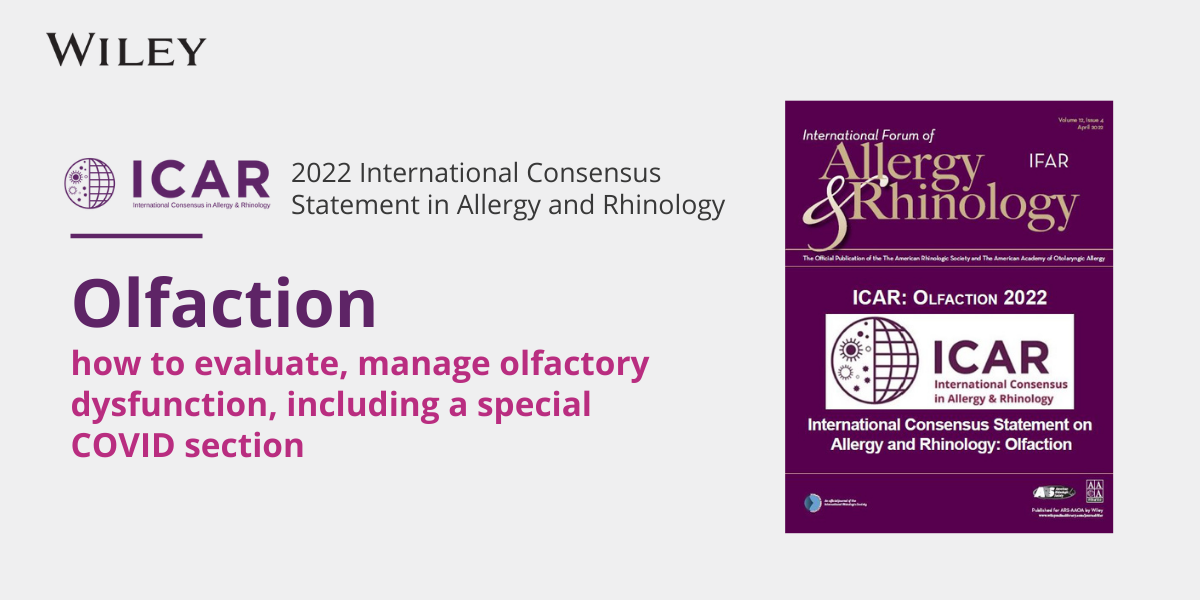By Christopher Vickery, MD, FAAOA Why We Sneeze at Christmas, Even Though the Pollen Counts Are Low Many people are surprised to find their allergy symptoms flaring in December, even though outdoor pollen counts are low. The holidays bring a…
How Does One Test for Allergies?
By Jodi Zuckerman MD, FAAOA
Allergy testing can be used to confirm that specific antigen triggers (grass, ragweed, dust mite, cat) produce a body response that triggers a histamine release and allergy cascade. Identifying these triggers can be helpful in treatment options of avoidance, medical management, and immunotherapy.
There are two main ways to test for allergies. Both are measuring the response of the body to an allergen presentation. The first possible way is through skin testing. There are different methods of skin testing. In skin prick testing, an antigen is presented to the skin with a small prick device at a very superficial level. A response is measured by a resultant wheel that indicates how reactive or allergic you are to that allergen after waiting an allocated amount of time.
The other form of skin testing is with a needle presenting the antigen to a deeper layer of skin. This is called intradermal testing. The response is also measured by the size of the wheel after presentation to the dermis of the skin. Skin prick and intradermal testing can be used alone or in a combined fashion known as the modified quantitative testing where the response by skin prick will determine the concentration of antigen used to be applied to the dermis of the skin and this resultant reactivity is used as a safe endpoint of concentration of antigen for further immunotherapy.
There are certain situations in which skin testing cannot be performed. Patients may be on medications that inhibit the response like tricyclic antidepressants, antihistamines, or medications that could interfere with emergency response of a severe reaction such as Beta-Blockers. Skin disorders such as dermatographism and glycerine sensitivity may also require alternative testing.
Allergy response can also be measured by a blood test looking specifically for antibodies that have been made in the blood that play a role in the allergic response when the specific allergen is encountered. This is commonly referred to as RAST (Radioallergoabsorbant Testing) and looks for the number of IgE antibiodies in the blood for a presumed antigen.
Once the physician is able to review the results of the testing a guided treatment plan can be devised. A positive test is not always significant and is taken in consideration with elements of the patient’s symptoms such as seasonality, exposures, and severity of symptoms.




